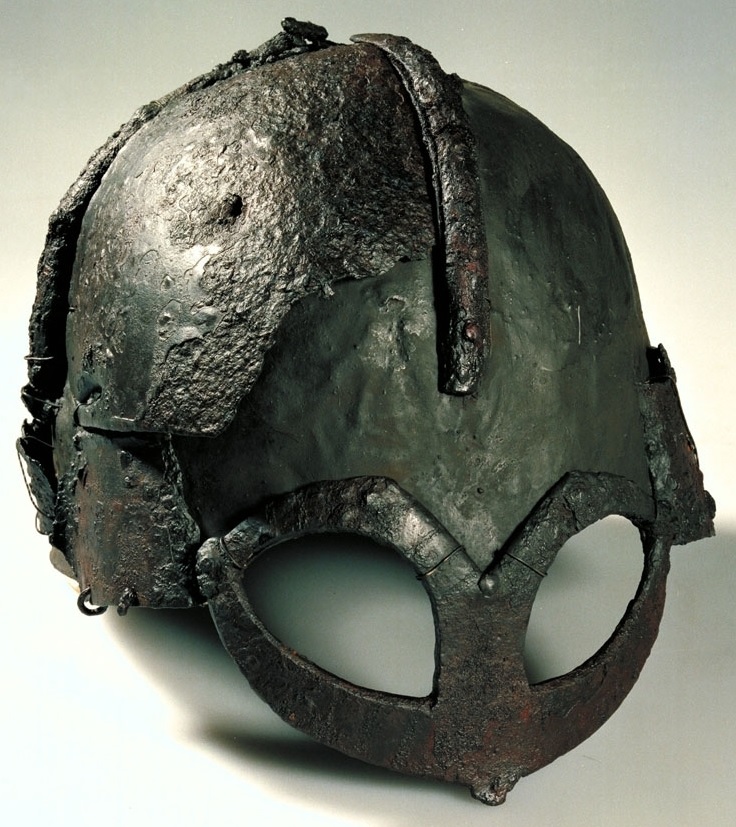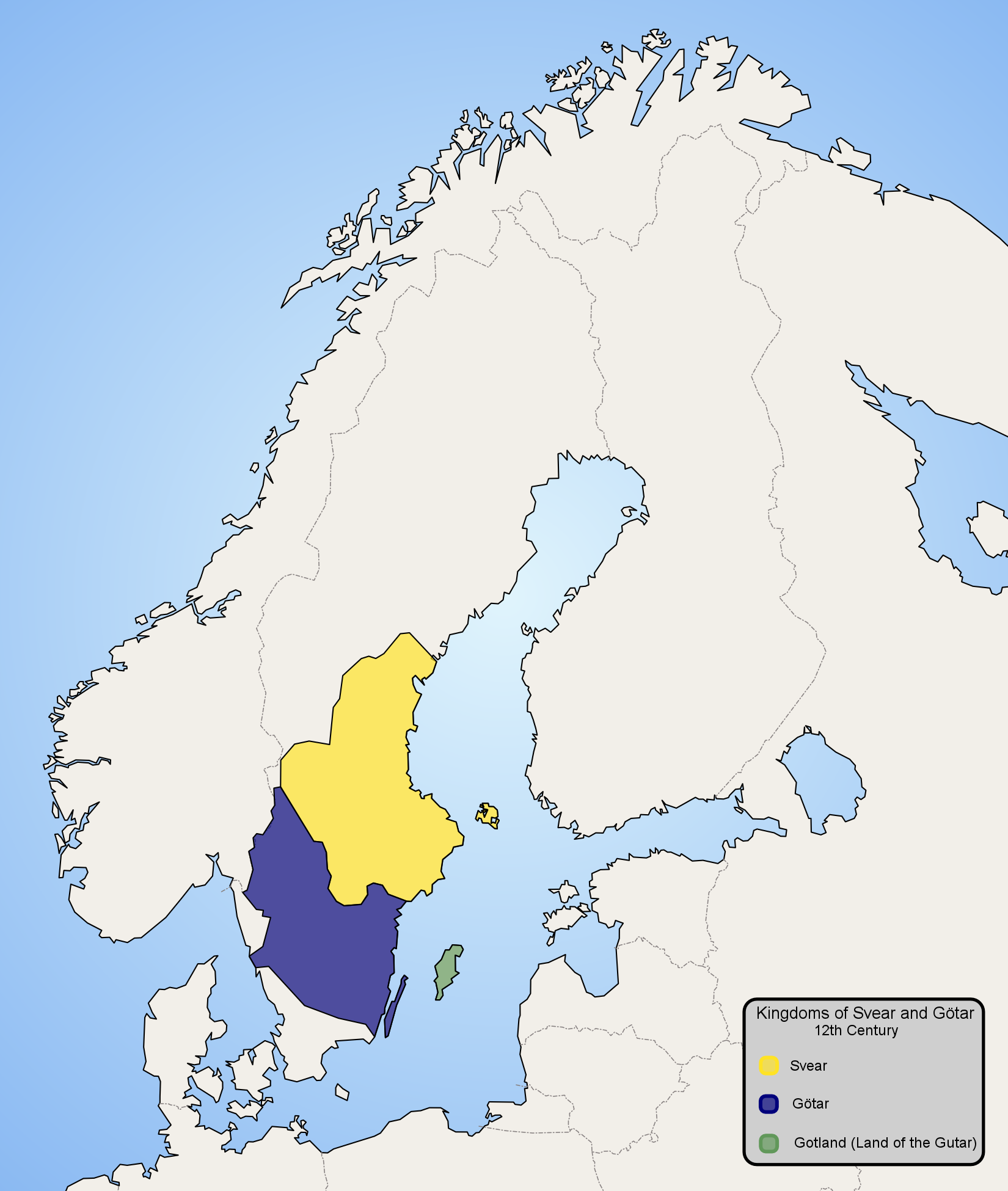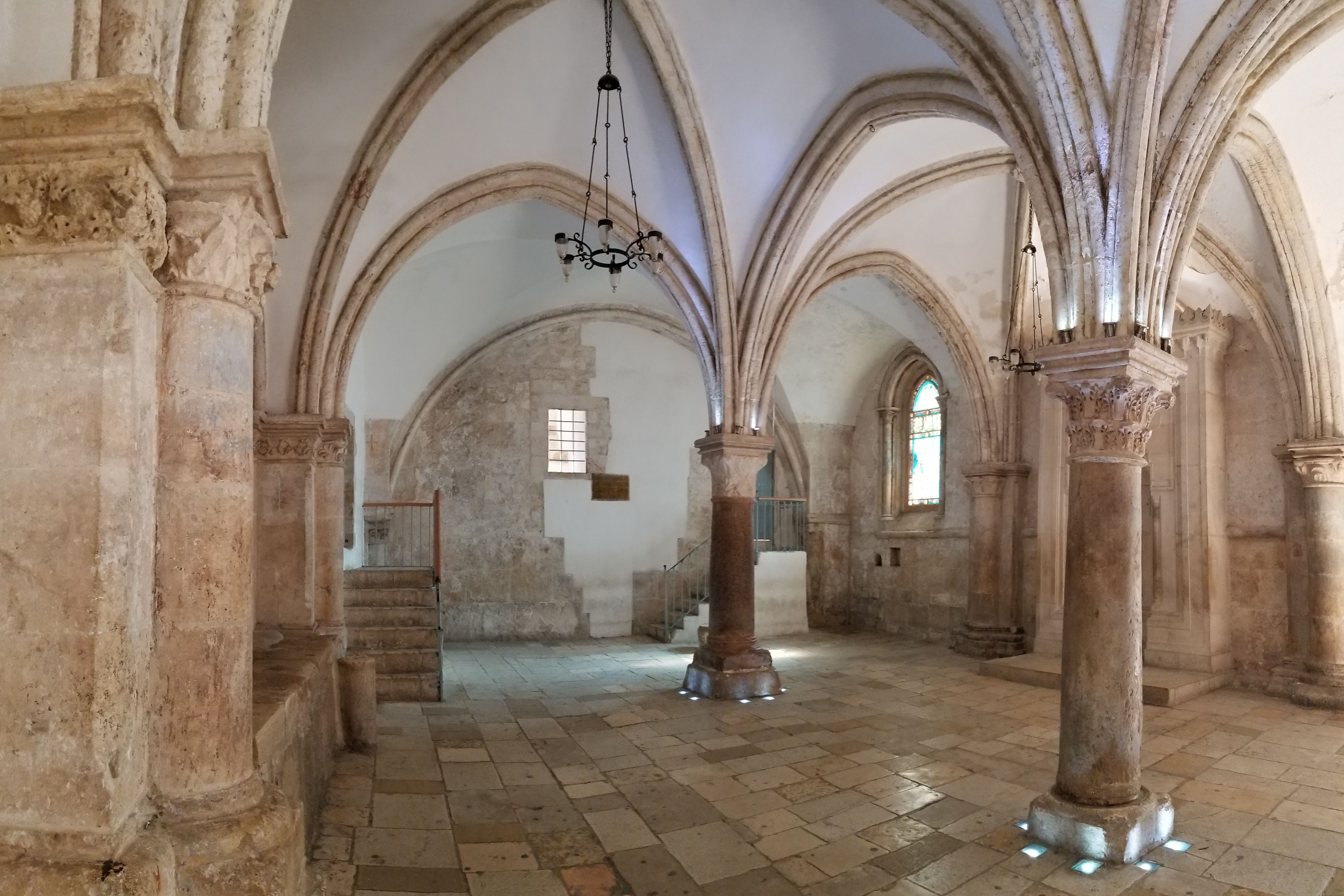|
Hersir
A hersir was a local Viking military commander of a ''hundred'' (a county subdivision), of about 100 men, and owed allegiance to a jarl or king. They were also aspiring landowners, and, like the middle class in many feudal societies, supported the kings in their centralization of power. Originally, the term Hersir referred to a wealthy farmer who owned land and had the status of a leader. Throughout the Viking Age, Hersir was eventually redefined as someone who organized and led raids. In the 10th century, the influence of Hersirs began to decrease due to the development of effective national monarchies in Scandinavia. Hersir was again redefined later on to mean a local leader or representative. The independence of the Hersir as a military leader eventually vanished, to be replaced only by the title of a royal representative. The "Hávamál", which was the mythical advice of the supreme creator Odin">he H ...", which was the mythical advice of the supreme creator Odin to humankind ... [...More Info...] [...Related Items...] OR: [Wikipedia] [Google] [Baidu] [Amazon] |
Erna (mythology)
In Norse mythology according to the Eddic poem ''Rígsþula'', Erna was the mother of twelve sons by Jarl Jarl was a rank of the nobility in Scandinavia during the Viking Age and Early Middle Ages. The institution evolved over time and varied by region. In Old Norse, it meant "chieftain", specifically one appointed to rule a territory in a king's stea ..., the ancestors of the class of warriors in Norse society. Her father was Hersir, a tribal chief. References *Dugdale-Pointon, TDP. (21 March 2001), Hersir, Viking, *http://www.historyofwar.org/articles/weapons_hersir.html *https://web.archive.org/web/20080725032556/http://www.cybersamurai.net/Mythology/nordic_gods/LegendsSagas/Edda/PoeticEdda/Rigsthula.htm Characters in Norse mythology Legendary progenitors Women in mythology {{Norse-myth-stub ... [...More Info...] [...Related Items...] OR: [Wikipedia] [Google] [Baidu] [Amazon] |
Rígsþula
''Rígsþula'' or ''Rígsmál'' (Old Norse: 'The Lay of Ríg') is an Eddic poem, preserved in the Codex Wormianus (AM 242 fol), in which a Norse god named Ríg or Rígr, described as "old and wise, mighty and strong", fathers the social classes of mankind. The prose introduction states that Rígr is another name for Heimdall, who is also called the father of mankind in '' Völuspá''. However, there seems to be some confusion of Heimdall and Odinn, see below. In ''Rígsþula'', Rig wanders through the world and fathers the progenitors of the three classes of human beings as conceived by the poet. The youngest of these sons, Jarl ('earl, nobleman'), inherits the name or title "Ríg" and so in turn does his youngest son, Kon the Young or ''Kon ungr'' (, king). This third Ríg was the first true king and the ultimate founder of the state of royalty as appears in the ''Rígsþula'' and in two other associated works. In all three sources he is connected with two primordial Danish ... [...More Info...] [...Related Items...] OR: [Wikipedia] [Google] [Baidu] [Amazon] |
Viking
Vikings were seafaring people originally from Scandinavia (present-day Denmark, Norway, and Sweden), who from the late 8th to the late 11th centuries raided, pirated, traded, and settled throughout parts of Europe.Roesdahl, pp. 9–22. They also voyaged as far as the Mediterranean Sea, Mediterranean, North Africa, the Middle East, Greenland, and Vinland (present-day Newfoundland in Canada, North America). In their countries of origin, and some of the countries they raided and settled in, this period is popularly known as the Viking Age, and the term "Viking" also commonly includes the inhabitants of the Scandinavian homelands as a whole. The Vikings had a profound impact on the Early Middle Ages, early medieval history of Northern Europe, northern and Eastern Europe, including the political and social development of England (and the English language) and parts of France, and established the embryo of Russia in Kievan Rus'. Expert sailors and navigators of their cha ... [...More Info...] [...Related Items...] OR: [Wikipedia] [Google] [Baidu] [Amazon] |
Gjermundbu Helmet
The Gjermundbu helmet is a Viking Age helmet. The helmet was discovered during field clearing in 1943 at the Gjermundbu farm near Haugsbygd in the municipality of Ringerike in Buskerud, Norway. Officials at the University of Oslo were later notified. Conservator Sverre Marstrander and museum assistant Charlotte Blindheim led an investigation which confirmed the existence of a burial chamber of historic value dating from the Viking Age. The Gjermundbu finds included many artifacts, including articles of weaponry. The helmet The Gjermundbu helmet was restored from nine excavated fragments. The helmet is made of iron and takes the shape of a peaked cap made from four plates. It is now on display at the Museum of Cultural History of the University of Oslo. Together with the Tjele helmet fragment, the Yarm helmet, the Lokrume helmet fragment, and a fragment from Kyiv, it is one of only five known Viking helmets, and one of only two that could be reconstructed. Discovery ... [...More Info...] [...Related Items...] OR: [Wikipedia] [Google] [Baidu] [Amazon] |
Jarlabanke Runestones
The Jarlabanke Runestones () is the name of about 20 runestones written in Old Norse with the Younger Futhark rune script in the 11th century, in Uppland, Sweden. They were ordered by what appears to have been a Germanic chieftain, chieftain named Jarlabanke Ingefastsson and his Norse clans, clan (Swedish: ''Jarlabankeätten''), in Täby.Hadenius, Nilsson & Åselius 53. Jarlabanke was probably a hersir (chieftain of a Hundred (county subdivision), hundred) responsible for the local leidang organization and on several runestones, he stated that he was a Christian and not a Norse paganism, Pagan. Omeljan Pritsak has remarked that Jarlabanke's prominent position and property show that he and his clan profited from taking part in the Danegelds and from the services that men of his clan provided as mercenaries in the Varangian Guard and in Kievan Rus'.Pritsak 1981:389 Inscription Five of the runestones contain very much the same message: "Jarlabanke had these stones made after him ... [...More Info...] [...Related Items...] OR: [Wikipedia] [Google] [Baidu] [Amazon] |
Swedish People
Swedes (), or Swedish people, are an ethnic group native to Sweden, who share a common ancestry, Culture of Sweden, culture, History of Sweden, history, and Swedish language, language. They mostly inhabit Sweden and the other Nordic countries, Swedish-speaking population of Finland, in particular, neighboring Finland, where they are an officially recognized minority, with Swedish being one of the official languages of the country, and with a substantial Swedish diaspora, diaspora in other countries, especially the Swedish Americans, United States. Etymology The English term "Swede" has been attested in English since the late 16th century and is of Middle Dutch or Middle Low German origin. In Swedish language, Swedish, the term is ''svensk'', which is from the name of ''svear'' (or Swedes), the people who inhabited Svealand in eastern central Sweden, and were listed as ''Suiones'' in Tacitus' history ''Germania (book), Germania'' from the first century AD. The term is believed ... [...More Info...] [...Related Items...] OR: [Wikipedia] [Google] [Baidu] [Amazon] |
Earl
Earl () is a rank of the nobility in the United Kingdom. In modern Britain, an earl is a member of the Peerages in the United Kingdom, peerage, ranking below a marquess and above a viscount. A feminine form of ''earl'' never developed; instead, ''countess'' is used. The title originates in the Old English word , meaning "a man of noble birth or rank". The word is cognate with the Old Norse, Scandinavian form ''jarl''. After the Norman Conquest, it became the equivalent of the continental count. In Scotland, it assimilated the concept of mormaer. Since the 1960s, earldoms have typically been created only for members of the British royal family, royal family. The last non-royal earldom, Earl of Stockton, was created in 1984 for Harold Macmillan, prime minister from 1957 to 1963. Alternative names for the rank equivalent to "earl" or "count" in the nobility structure are used in other countries, such as the ''hakushaku'' (伯爵) of the post-restoration Japanese Imperial era. Et ... [...More Info...] [...Related Items...] OR: [Wikipedia] [Google] [Baidu] [Amazon] |
Jarl (mythology)
Jarl was a rank of the nobility in Scandinavia during the Viking Age and Early Middle Ages. The institution evolved over time and varied by region. In Old Norse, it meant "chieftain", specifically one appointed to rule a territory in a king's stead. It could also denote a sovereign prince. For example, during the Viking age, the rulers of several of the petty kingdoms of Norway held the title of ''jarl'', often wielding no less power than their neighboring kings. In later medieval Sweden and Norway, there was typically only one jarl in the kingdom, second in authority only to the king. The title became obsolete in the Middle Ages and was replaced by the rank of duke (''hertig''/''hertug''/''hertog''). The word is etymologically related to the English ''earl''. Etymology The term ''jarl'' (, Old Swedish: ''iarl'', ''iærl'', Old Danish: ''jærl'') has been connected to various similar words across Germanic languages, such as Proto-Norse ''eril,'' Old English ''eorl'' (meaning warr ... [...More Info...] [...Related Items...] OR: [Wikipedia] [Google] [Baidu] [Amazon] |
Baptised
Baptism (from ) is a Christians, Christian sacrament of initiation almost invariably with the use of water. It may be performed by aspersion, sprinkling or affusion, pouring water on the head, or by immersion baptism, immersing in water either partially or completely, traditionally three times, once for each person of the Trinity. The synoptic gospels recount that John the Baptist baptism of Jesus, baptized Jesus., , Baptism is considered a sacrament in most churches, and as an ordinance (Christian), ordinance in others. Baptism according to the Trinitarian formula, which is done in most mainstream Christian denominations, is seen as being a basis for Christian ecumenism, the concept of unity amongst Christians. Baptism is also called christening, although some reserve the word "christening" for the Infant baptism, baptism of infants. In certain Christian denominations, such as the Catholic Churches, Eastern Orthodox Churches, Oriental Orthodox Churches, Assyrian Church of t ... [...More Info...] [...Related Items...] OR: [Wikipedia] [Google] [Baidu] [Amazon] |
Paganism
Paganism (, later 'civilian') is a term first used in the fourth century by early Christians for people in the Roman Empire who practiced polytheism, or ethnic religions other than Christianity, Judaism, and Samaritanism. In the time of the Roman Empire, individuals fell into the pagan class either because they were increasingly rural and provincial relative to the Christian population, or because they were not '' milites Christi'' (soldiers of Christ).J. J. O'Donnell (1977)''Paganus'': Evolution and Use, ''Classical Folia'', 31: 163–69. Alternative terms used in Christian texts were '' hellene'', '' gentile'', and '' heathen''. Ritual sacrifice was an integral part of ancient Greco-Roman religion and was regarded as an indication of whether a person was pagan or Christian. Paganism has broadly connoted the "religion of the peasantry". During and after the Middle Ages, the term ''paganism'' was applied to any non-Christian religion, and the term presumed a belief in fal ... [...More Info...] [...Related Items...] OR: [Wikipedia] [Google] [Baidu] [Amazon] |
Christianity
Christianity is an Abrahamic monotheistic religion, which states that Jesus in Christianity, Jesus is the Son of God (Christianity), Son of God and Resurrection of Jesus, rose from the dead after his Crucifixion of Jesus, crucifixion, whose coming as the Messiah#Christianity, messiah (Christ (title), Christ) was Old Testament messianic prophecies quoted in the New Testament, prophesied in the Old Testament and chronicled in the New Testament. It is the Major religious groups, world's largest and most widespread religion with over 2.3 billion followers, comprising around 28.8% of the world population. Its adherents, known as Christians, are estimated to make up a majority of the population in Christianity by country, 157 countries and territories. Christianity remains Christian culture, culturally diverse in its Western Christianity, Western and Eastern Christianity, Eastern branches, and doctrinally diverse concerning Justification (theology), justification and the natur ... [...More Info...] [...Related Items...] OR: [Wikipedia] [Google] [Baidu] [Amazon] |
Svinfylking
The Svinfylking, Old Norse for "swine array" or "boar snout", was a formation used in battle. Related to the wedge formation, it was used in Iron Age Scandinavia and later by the Vikings. It was also used by Germanic peoples during the Germanic Iron Age and was known as the "Schweinskopf" or "Swine's Head". Its invention was attributed to the god Odin. The apex was composed of a single file. The number of warriors then increases by a constant in each rank back to its base. Families and tribesmen were ranked side by side, which added morale cohesion. The tactic was admirable for an advance against a line or even a column, but it was poor in the event of a retreat. The formation consisted of heavily armed, presumably hand-to-hand, warriors and less-armored archers grouped in a triangle formation with the warriors in the front lines protecting the archers in center or rear. Cavalry Historically, cavalry (from the French word ''cavalerie'', itself derived from ''cheval'' m ... [...More Info...] [...Related Items...] OR: [Wikipedia] [Google] [Baidu] [Amazon] |







